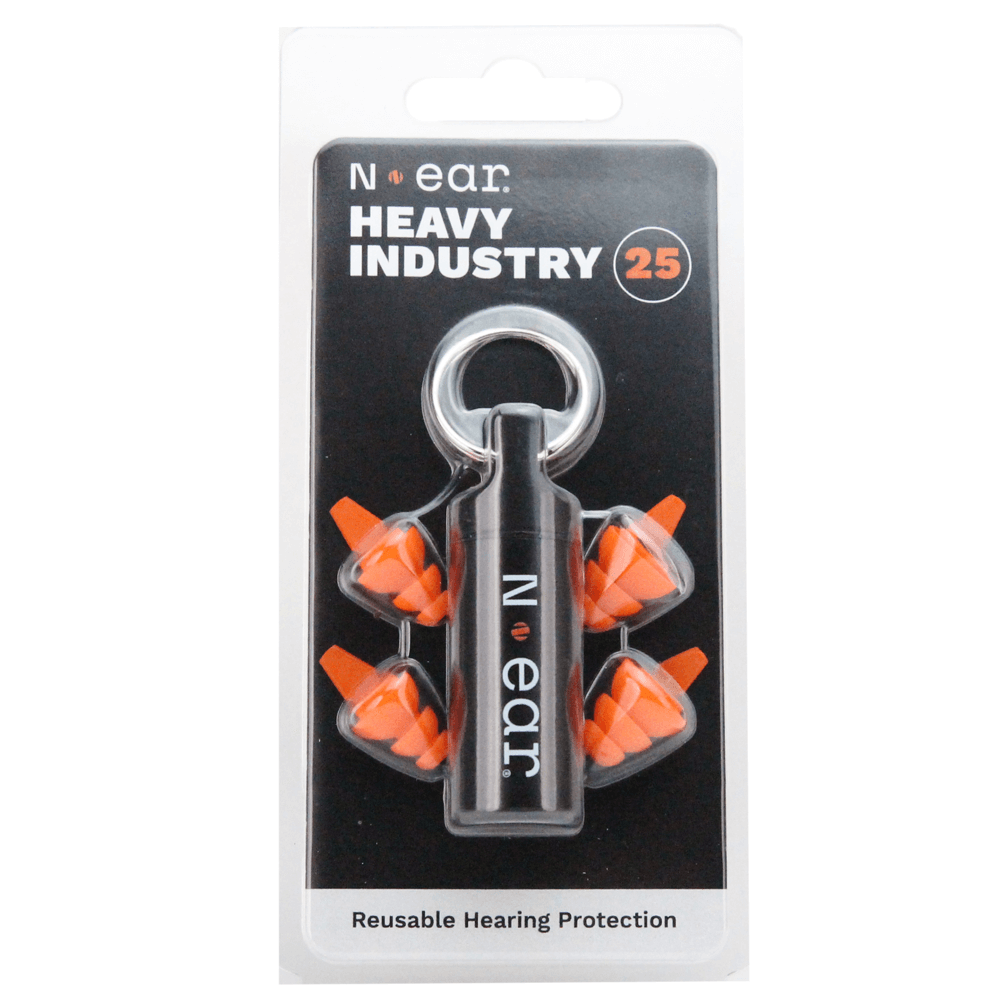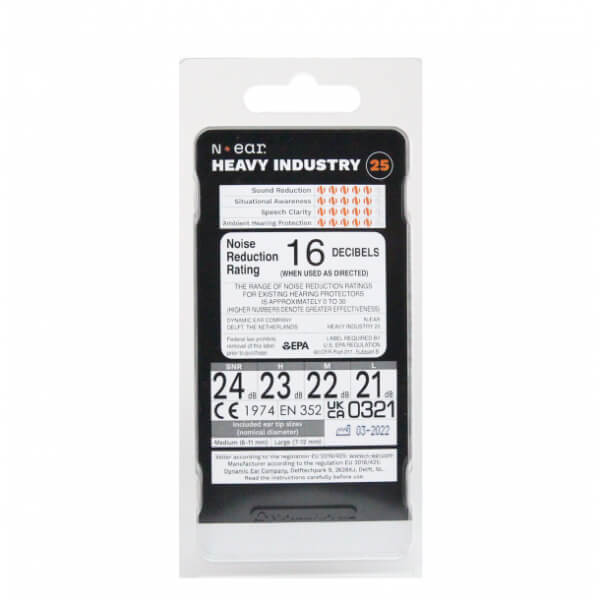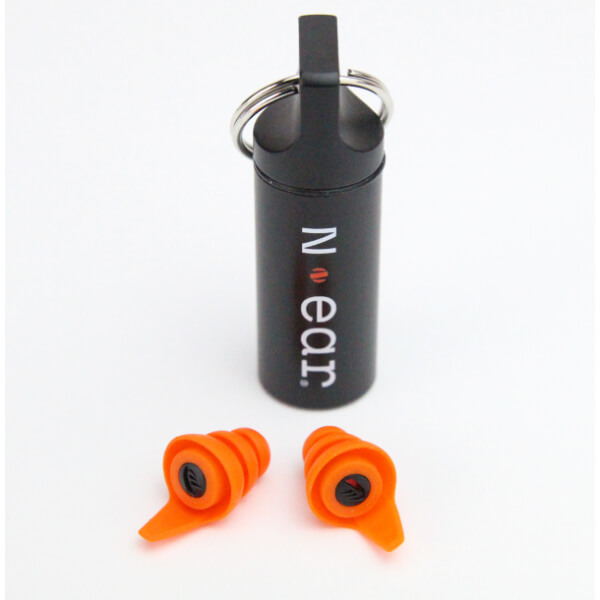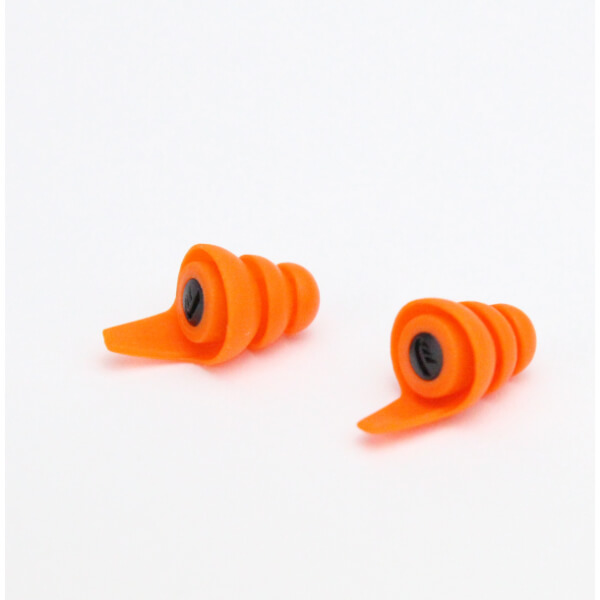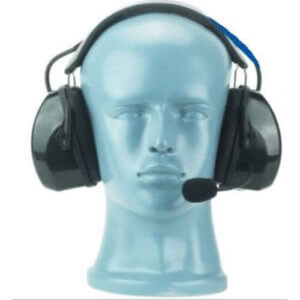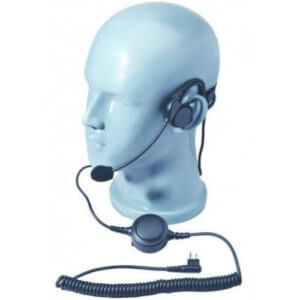- Decibel Level: How loud the sound is.
- Distance: How close you are to the source of the sound.
- Time: The length of time you are exposed to the sound.
FACTORS AFFECTING HEARING LOSS

DECIBEL LEVEL
The louder the sound, the more damage it can cause to your hearing, and the quicker this damage will occur. Sound is measured in units called decibels (dB), just as height is measured in feet or inches. Because people can’t hear all frequencies, or pitches of sound, A-weighted decibels (dBA) can be used to describe sound based on what human ears can actually hear.
Sounds at or below 70 dBA are generally considered safe. Any sound at or above 85 dBA is more likely to damage your hearing over time.
Researchers have found that people who are exposed over long periods of time to noise levels at 85 dBA or higher are at a much greater risk for hearing loss. That’s why some workers are required to wear hearing protectors, such as earplugs or earmuffs, while they are on the job.
Many devices that children use today have noise levels much higher than 85 dBA. For example, music played through headphones at the highest volume is often 94-110 dBA. For reference, 110 dBA is more than 100 times as intense as 85 decibels!
Manufacturers are not required to limit the maximum sound output of music devices. Fortunately, many devices do have volume limiting controls, which allow you to set the maximum volume to a safe level.
DISTANCE
A sound gets louder as you move closer to the source and softer as you move away from it. If you are far away from the sound, the risk of damage to your hearing is much lower. At concerts, for instance, sitting away from the speakers will reduce your risk.
TIME
The impact of noise adds up over a lifetime. If you are exposed to loud sounds on a regular basis, your risk for permanent damage increases over time. Even a single but long-lasting loud event can cause damage. Sounds at or below 70 dBA are usually considered safe, even if they last a long time. Noises are more likely to damage your hearing if they are:
- 85 dBA and last a few hours.
- 100 dBA and last at least 14 minutes.
- 110 dBA and last at least 2 minutes.
TIPS FOR SAFE LISTENING
- Lower the volume.
Some music devices have the option for users to set volume control limits. - Move away from the noise.
Don’t sit or stand right in front of concert speakers. - Wear hearing protectors, such as earplugs or earmuffs.
If you find yourself without access to hearing protection, cover your ears with your hands.

